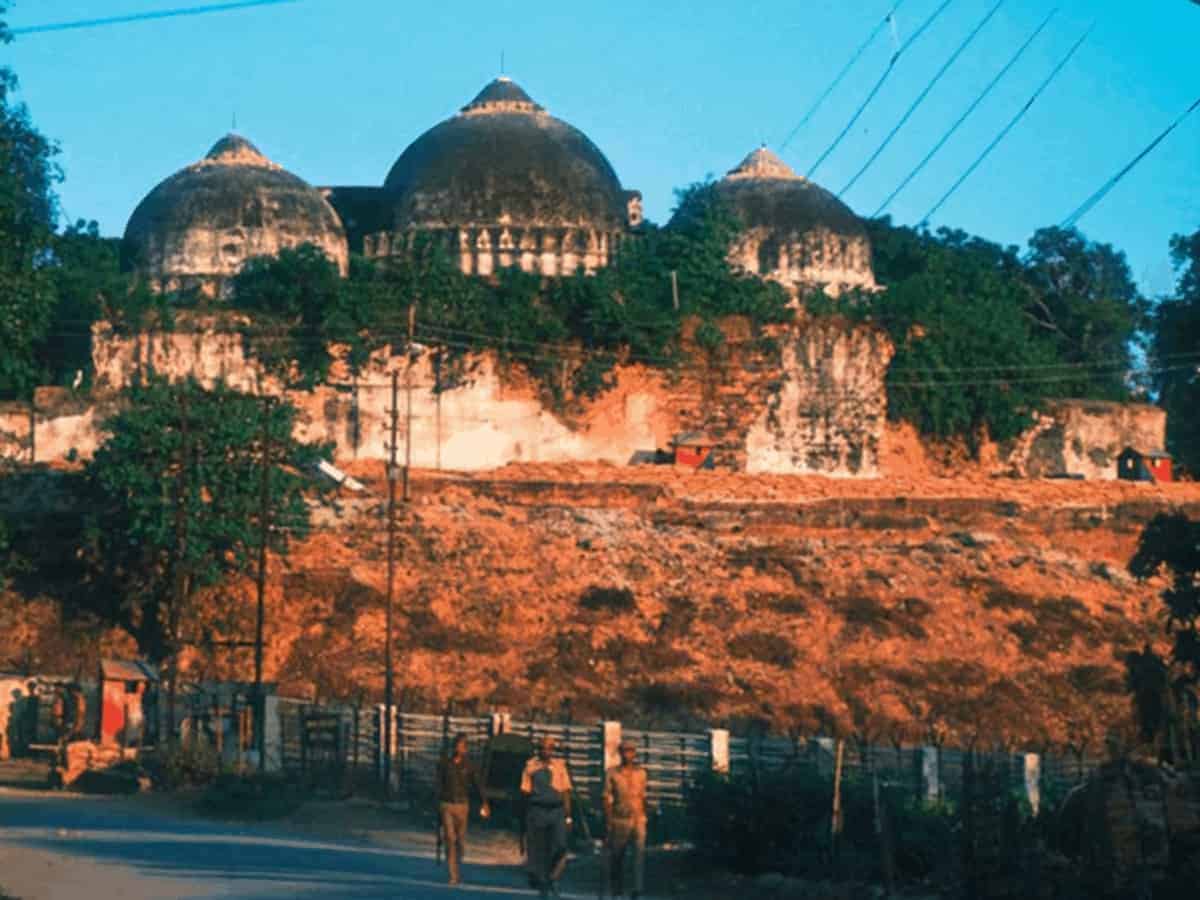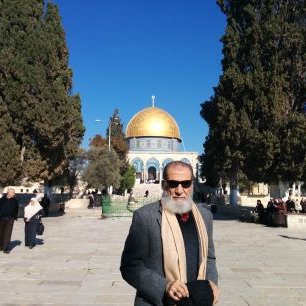
By Syed Qamar Hasan
Hyderabad: ONLY ASTROLOGERS will be able to say why 5th of August is considered an auspicious date by our Prime Minister Mr. Modi and his party, for all contested political decisions, are taken on this day. Whether its abrogation of article 370 of the Indian constitution or laying the foundation of the mega Ram Temple in Ayodhya on the site of demolished Babri Masjid, following the November, 9th, 2019 Supreme Court verdict favoring the temple.
Electoral promises
Only time will tell whether the date (number) was lucky for him or not. But for the present he and his party, the Bharatiya Janata Party(BJP), mothered by Rashtriya Swayamsevak Sangh (RSS) have delivered their electoral promises made to their base voters in 2014 and 2019 polls respectively. That of integrating Kashmir with India by doing away with the special status enshrined in article 370 of the Indian constitution and the building of Ram Temple in Ayodhya at the same spot where once stood Babri Mosque.
Tracing the changes that the script and actors undergo as the Temple-Masjid drama unfolded over the years, since the demolition of the mosque on December 6th, 1992 at hands of Hindu zealots, one would have thought that this issue would keep the course for a further decade or so.


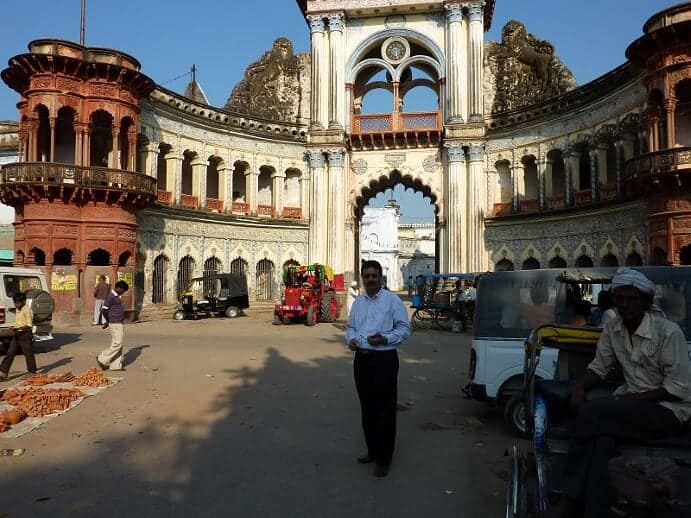
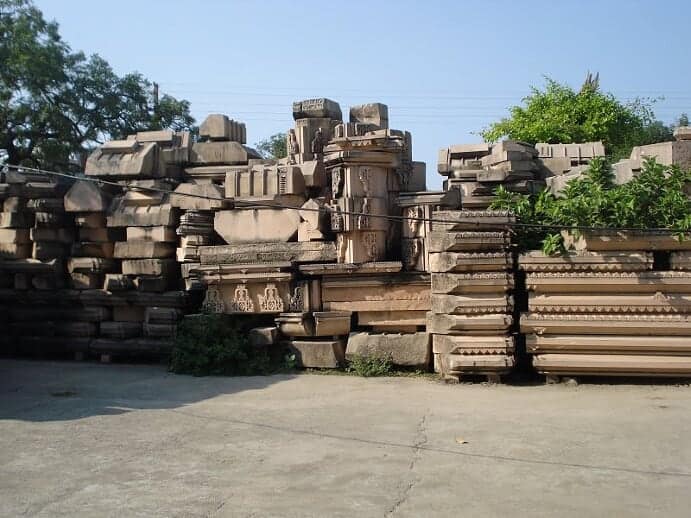
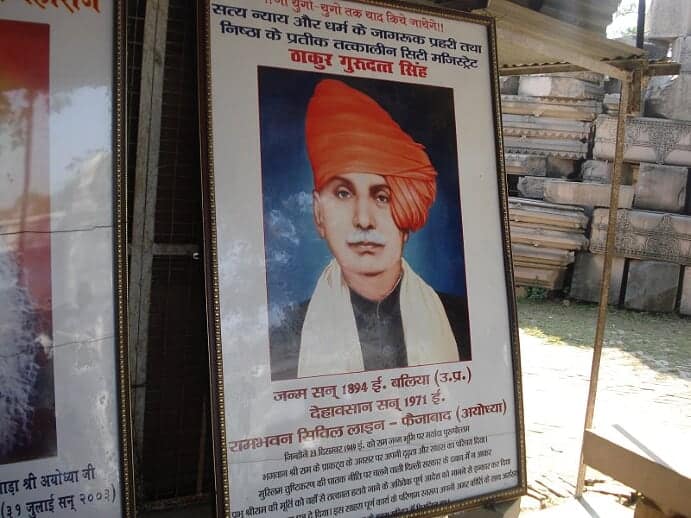
Though the very start to the Ram Janam Bhomi- Babri episode to quote T.S Eliot, beginning is often the end and make an end is to make a beginning. L.K Advani, launched the rath yatra from Somnath shrewdly aware of the rich political dividends the rath as a symbol to avenge the supposed historical wrong done by Mir Baqhi and aid to Moghul king Baber would enable him to consolidate his position in BJP hierarchy and perhaps the top position in the country. But the old fox Advani was foxed by the younger and brash Modi and his Falstaffian friend Amit Shah, upsetting the apple cart. Instead, Advani was abandoned, left in cold sulking, while his Yatra unfettered the genie of religious hatred and fervor, that ended in the tragic demolition of the 16th-century place of worship the Babri Masjid, a symbol of India’s pluralistic and democratic ethos. And lead to a bloody Hindu -Muslims riots that killed hundreds and destroyed property worth millions and left a deeply divisive society smarting under to date.
Allahabad High Court verdict
Apart from the Temple- Masjid issue dragging on, the reason for doubt was the fact that, when this diarist happened to visit Ayodhya, about a month after the Allahabad High Court verdict of September, 30th 2010, allotting 1/3 piece of Ayodhya land to each of the three contesting parties Ram Lalla, Sunni Muslim Waqf Board and Nirmohi Akhara. The fervor and frenzy that lead to the demolishing of the Babri Mosque were no more. People seemed disconcerted with the issue.
Despite, cautioned by friends and family not to go to Ayodhya, I took the trip, coursing by road from the state capital Lucknow all through what the Muslims call mango belt, and media and right-wing Hindus call cow belt to Faizabad. It is a short distance from Ayodhya, only 6 Km. In fact, surprisingly and contrary to the general belief, I found so much of bonhomie and bonding between the two communities not only in Faizabad as well as Ayodhya. I moved in out and out of the many narrow and Serpentinian lanes and bylanes; leading to ground zero, passing by several Hindu temples and Akharas unnoticed and unbothered, no scowling looks despite my bearded persona. But then it was 2010, UP was under Bahujan Samaj Party’s rule and its supremo, Behen JI (Mayawati was CM).
Ground realities
My three nights and four days stay was enough to cover every possible site in Ayodhya and going by ground realities existing then, the much-trumpeted plans to build a grand temple by Hindu right-wing parties over the demolished site seemed to be a far dream. The sheds were stone pillars and base blocs were cut and chiseled in the wake of demolition were now lying idle. The stones pillars and blocs were covered with moss, fungus and grass, as stray dogs roamed about in the deserted yards. Local Hindus were doubtful if the temple would ever come up. This was 18 years after the Masjid was demolished.
On the other people spoken to in Ayodya, Hindus, and Muslims showed no discernible interest in whether the demolished Babri Mosque should be rebuilt or the gigantic Ram Mandir, as planned by the Sangh Parivar and Mahasabha comes up.
The commoner in this dusty and unkempt town of about 60,000 to 65,000 people, of whom about 10 percent were Muslims seemed more interested in getting schools, colleges, hospitals, clinics, family welfare centers, jobs, and better living conditions. The Temple was on the back burner, that was the impression one got hearing several prominent Hindu and Muslims, including the son of Bimlendra Mohan Pratap Singh Mishra, the Raja of Ayodhya, whom I interviewed at his sprawling but visibly decaying Palace(He had plans to turn it into a heritage Hotel- the upcoming temple would certainly be a big boost for his plans), that the number of Muslims in Ayodhya had risen from 4000 pre-demolition Babri to 6000.
Avadh
Ayodhya is historically also known as Avadh, was a Muslim Capital once. The presence of sprawling graveyards, mosques and Muqbara’s strongly suggest that it must have been a flourishing Muslim state. There are 53 mosques,32 graveyards, eleven Imambara, three Dargahs, and about 22 various places revered by Muslims. Many Sufi saints lived here and their graves and Khankhas( hermitage) are still found albeit not in prime condition.
None of the above said facts and ground realities were ever in the crosshairs of the Muslim leadership who self-appointed themselves as foot soldiers fighting to save Babri Mosque from the fate it met on that cold morning of December, 6th 1992, at the hands of ravaging goons of Hindu militant outfits and associates who brought the 16thcentury structure to ground in minutes.
None of the leaders, as informed by people this diarist spoke to in Faizabad and Ayodhya visited them to assess the feelings and emotions of the people of Ayodhya.
Nor could they provide with the lawyers representing them with necessary and befitting evidence so that a powerful brief could have been prepared to salvage what ever could, at least in the shape of sharing space, have but themselves to blame. The Babri Masjid Action Committee,( BMAC), the All India Babri Masjid Action Committee ( AIBMAC), Babri Masjid Movement Coordination Committee( BMMCC) All India Muslim Personal Law Board( AIMPLB) had taken to internecine squabbles, splintering the movement into petty groups and cliques, shambolic, never consentient, tugging at each other, ignoring advise of reputed ulema, tin ears to their pleas for outside of court settlement.
Since day one, opportunity after opportunity to preserve in whatever form the structure stood was lost and community leaders suggesting comprise and out of court settlements were shunned.
Finally Saturday, November the 9th of the year 2019, India’s Supreme Court by its verdict in favor of the temple closed the Babri episode forever. It’s time the Babri syndrome be washed away from our hair and so also the captains who failed us. That we under a new leadership chalk out a fresh and new road map to integrate with fellow citizens who share common values moral and political space creating opportunities for Muslim youth for affordable higher education in sciences, liberal arts and other professional disciplines.

